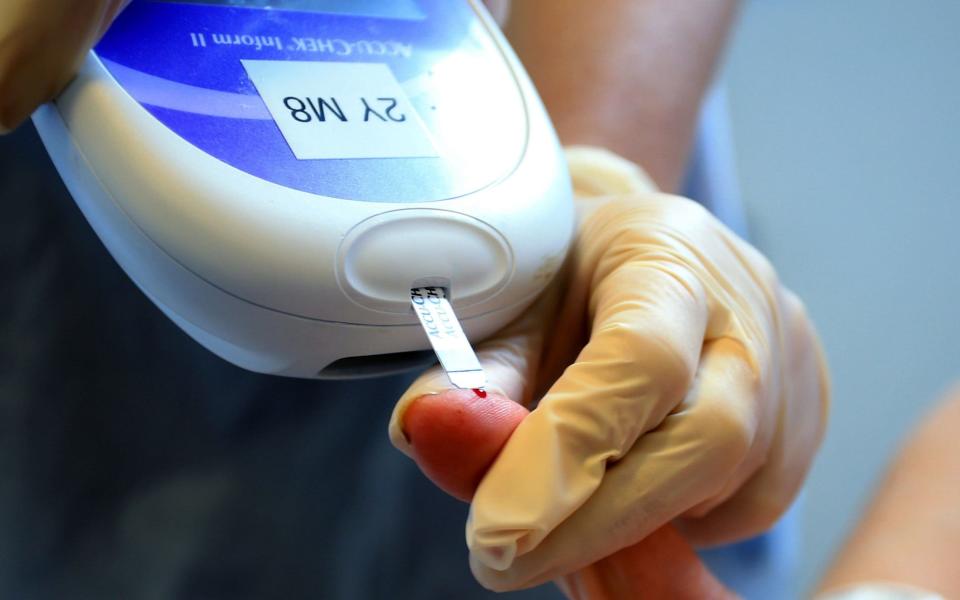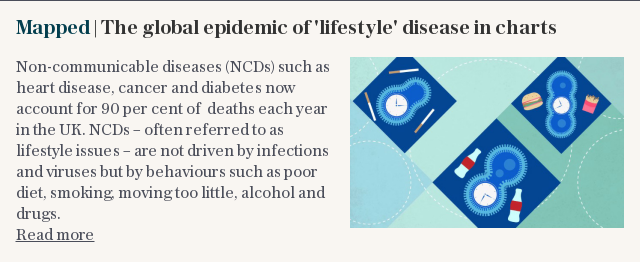Insulin supply may not meet demand as number of patients with diabetes rockets

The number of people needing insulin globally is set to double over the next 12 years but around half of those who need the life-saving diabetes drug will be unable to get it, researchers have warned.
A study in the Lancet Diabetes and Endocrinology journal warned that by 2030 79 million around the world will need insulin because of the increase in the number of people with type 2 diabetes. The numbers are rising due to rocketing levels of obesity and because people are living longer with the disease.
Insulin is essential for all people with type 1 diabetes and some people with type 2 diabetes to reduce the risk of complications such as blindness, amputation, kidney failure and stroke.
Insulin treatment is expensive and the international insulin market is presently dominated by only three major manufacturers, prompting fears that demand for the drug will soon outstrip supply.
The researchers set out to predict how much insulin will be needed as the number of people with diabetes increases.

Using data from the International Diabetes Federation and 14 other large-scale studies the researchers estimated the burden of type 2 diabetes in 221 countries and territories between 2018 and 2030.
They also estimated the potential number of insulin users, amount of insulin required, and the burden of diabetes complications in adults aged 18 or older.
Results showed that worldwide, the number of adults with type 2 diabetes is expected to rise by more than a fifth from 406 million in 2018 to 511 million in 2030, with over half living in just three countries—China (130 million), India (98 million), and the United States (32 million).
At the same time, global insulin use is projected to rise from 526 million 1000-unit vials in 2018 to 634 million in 2030.
The authors calculated that compared to current levels of insulin access, if everyone who needed insulin got it, the number of people with type 2 diabetes worldwide using insulin in 2030 would double from around 38 million today to 79 million.

The estimates suggest that making insulin widely accessible would have the greatest impact in the African region— from 700,000 people with type 2 diabetes using insulin currently to more than five million in 2018. In Asia the figure would more than double from 21 million to 48 million.
Dr Sanjay Basu, lead author of the study and assistant professor of medicine at Stanford University, said more effort should be devoted to overcoming the “looming health challenge” of insulin access.
“Despite the United Nation's commitment to treat non-communicable diseases and ensure universal access to drugs for diabetes, across much of the world insulin is scarce and unnecessarily difficult for patients to access.
“The number of adults with type 2 diabetes is expected to rise over the next 12 years due to ageing, urbanisation, and associated changes in diet and physical activity. Unless governments begin initiatives to make insulin available and affordable, then its use is always going to be far from optimal,” he said.
Protect yourself and your family by learning more about Global Health Security


 Yahoo News
Yahoo News 